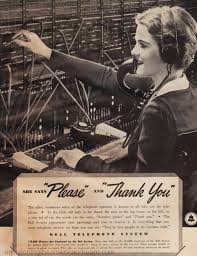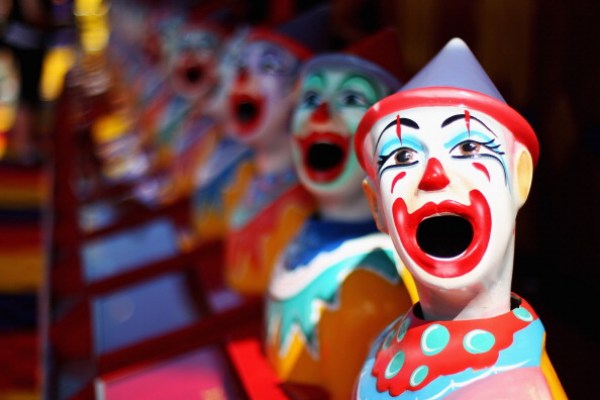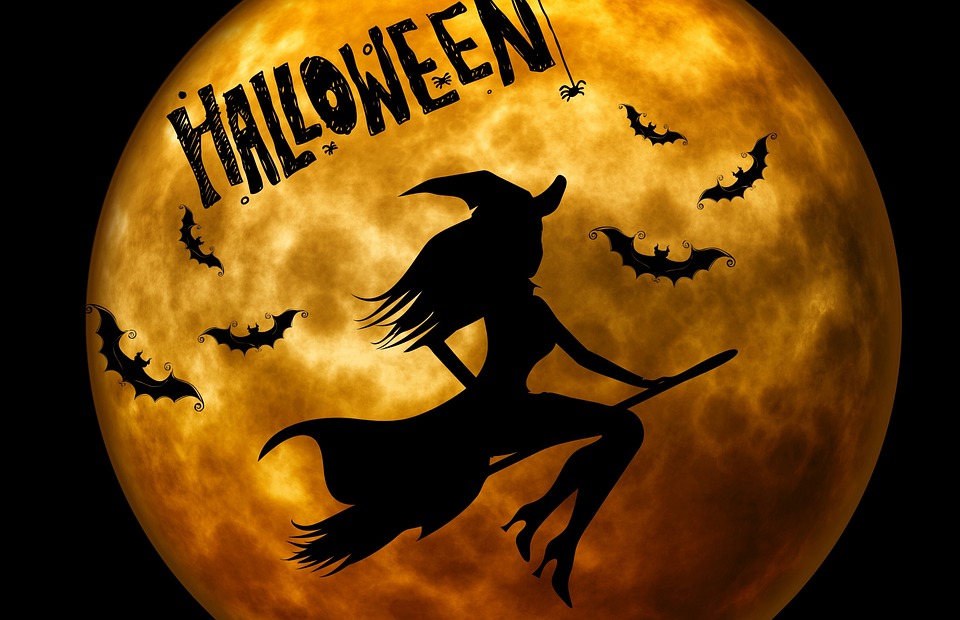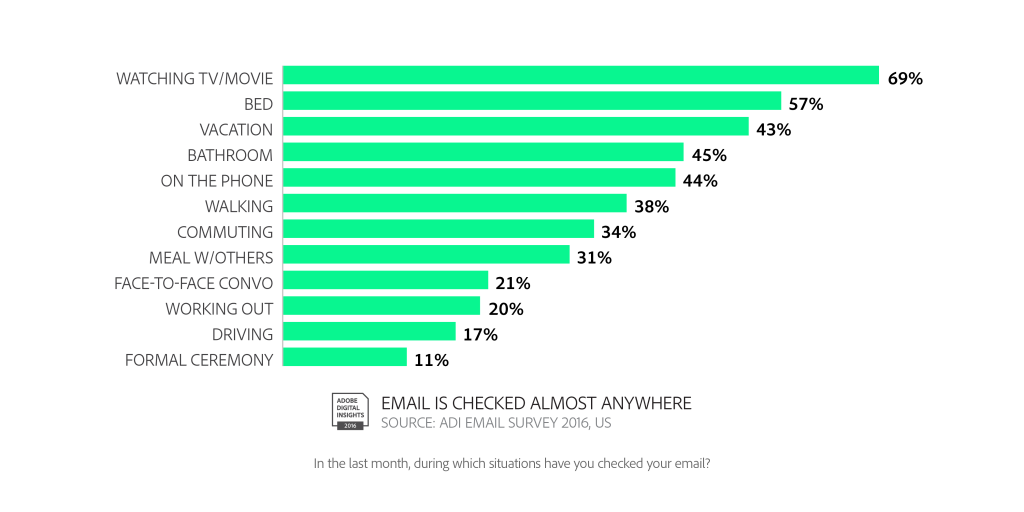VACATION REWIND: Dunbar is the reason all social networks eventually become horrible
NOTE: I am out of pocket more or less until the New Year, so I thought I would re-air a few pieces that I liked from earlier this year for folks who may have missed them the first time. Hope you are having a great holiday season and a Happy New Year!
From March - Dunbar is the reason all social networks eventually become horrible
In this week's episode of 'As the social networks turn', many big users and brands that are active on Instagram are in collective freak out mode about the (Facebook owned), social network's announced plans to change user feeds from the classic 'reverse chronological' order to some kind of an algorithmic feed designed to show users the posts they are likely to be most interested in seeing and engaging with at the top of the feed.
The reasoning behind these changes are laid out on the Instagram blog post announcing the shift:
You may be surprised to learn that people miss on average 70 percent of their feeds. As Instagram has grown, it’s become harder to keep up with all the photos and videos people share. This means you often don’t see the posts you might care about the most.
To improve your experience, your feed will soon be ordered to show the moments we believe you will care about the most.
The order of photos and videos in your feed will be based on the likelihood you’ll be interested in the content, your relationship with the person posting and the timeliness of the post. As we begin, we’re focusing on optimizing the order — all the posts will still be there, just in a different order.
If Instagram is right, and people miss 70% of the posts from the accounts that they have choosen to follow, there can only be a couple of possible reasons why this is the case.
1. People just don't spend that much time on Instagram. They check it now and again, look through a few pictures on their feed, and get back to whatever else it was they were supposed to be doing. They don't make it a point to make sure they have seen everything. (FYI - this would be me in terms of Instagram. I follow 119 'accounts' on Instagram. This is important to mention for reasons that will be more clear later in the post). I do check Instagram every day (or close to every day), but there is no way I see every photo that the 119 accounts I follow have posted.
2. The recent, and pretty dramatic, increase in ads and sponsored posts on Instagram has turned people off and they are using and engaging with content less and less, thus driving a more significant 'miss' percentage of their feeds. This increase in ads has definitely been noticeable lately, and while I know that Instagram needs to pay the bills, I also know that with social networks, almost no one signed up to see the latest artsy pic from Bank of America. More ads --> a worse user experience --> less time spent on the platform --> more posts missed.
3. (And the real one I am most interested in). Many if not most users have decided to follow far, far too many users/accounts than they can reasonably keep up with. As I mentioned at the top, I follow 119 accounts, well below Dunbar's estimate of the number of social relationships that a person can reasonably carry on and I still can't (and really could not try for very long), to stay on top of this level of accounts on Instagram. This is not even considering for the moment the time commitment of all the other networks that a person today must have some type of presence on. A quick look through about five people I follow shows crazy numbers of accounts they are following, 500, 800, in one case over 1,200 accounts. You could live on Instagram all day and not be able to keep up with the feeds of 1,200 users. Instagram sees this situation, and will attempt to show this person (at least at the top of their feed), the 20 or 40 or whatever number of posts and accounts they follow, in order to try and improve the overall experience.
So the better question is not 'Why is it impossible to follow and engage with 1,200 friends on Instagram, (or any other platform), but rather 'What would drive someone to even click the 'follow' button 1,200 times in the first place?
Dunbar's research and the 'Dunbar number' have been well known and repeatedly proved out over a pretty long time. We know no matter how many people we follow on Instagram or Facebook or wherever, that we will only interact meaningfully if at all with a very small percentage of those people we follow. Probably even less than Dunbar's number of 150 I would bet.
So why do we do it? Why do we try? How can it make sense to have 1,500 friends on Facebook?
I think there is only one reason.
It's because every online/social network starts as a site or community to connect with real friends and family. And then once the platform begins to grow, even more people join. And when even more people join still more people join, (and your teenagers flee to the next new network, but that is a different issue). But at some point (close to when the network starts accepting ads and sponsored posts), the tenor of the entire conversation around the network begins to shift into a commercial one.
Brands and company accounts are set up and they try and act like people. People amass even larger following and then try to act like brands. For both the brands (and many of the people), it becomes all about maintaining business prospects and business relationships and much, much less about sharing details of your lives with your (less than 150) networks of people that you actually know.
That's the only reason I can think of while you or me or anyone keeps following more and more people, beyond the ones you actually know and socialize with. They might be business contacts, they may just work in your company or industry - doesn't matter, you can't not follow them if it means missing out on a business opportunity.
There are two essential truths about every popular social network.
1. Once you join, your kids will think it is less cool
2. Eventually, it will become all about business. Just about all anyway.
Instagram is moving to an algorithmic feed because it has finally reached the point where the use/purpose of the platform is primarily commercial, and we should have known this was coming the minute we thought following 529 people was a good idea.
Dunbar strikes again.

 Steve
Steve


